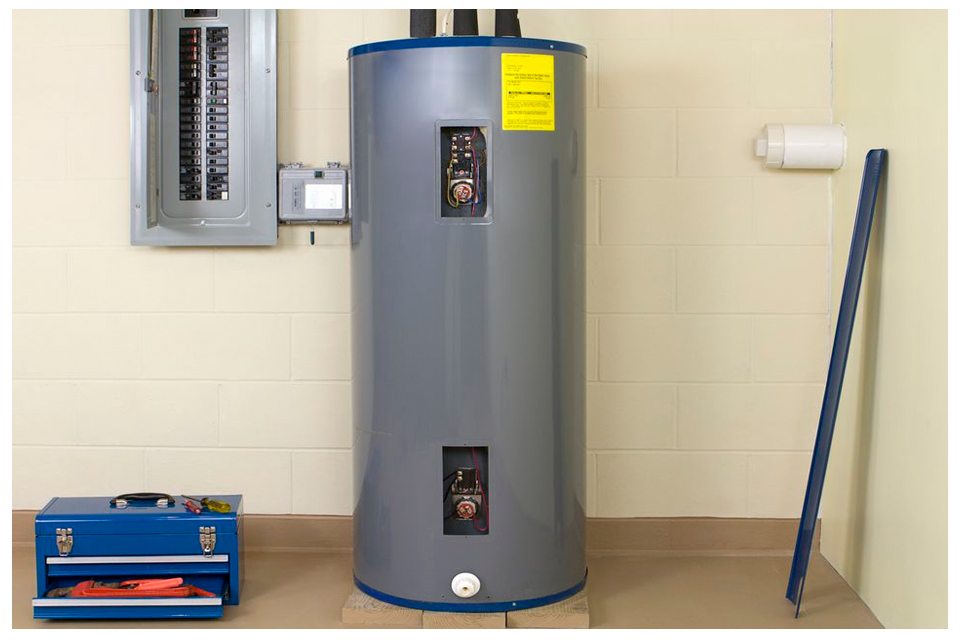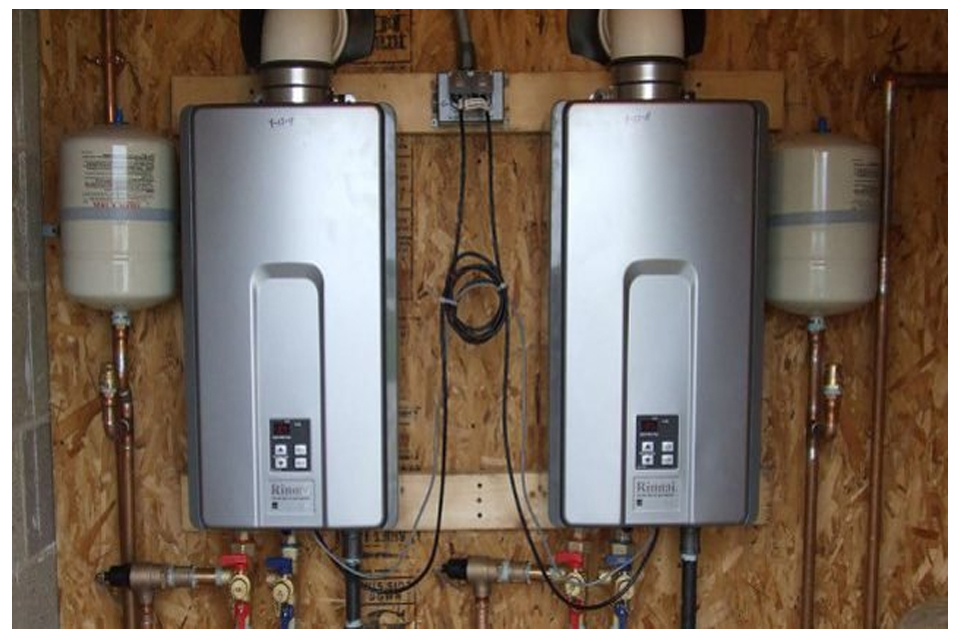Electric Heating
Heating With Electricity
If your present home heating system is too expensive to operate, is old or in poor condition, or if you are planning on buying a new home, you are probably considering your heating options. About 60 per cent of the energy required to run the average home is used for space heating. Therefore, one of the most important projects you will undertake as a home owner, besides insulating and draftproofing, is choosing, replacing or improving your heating system. A wise decision about heating can significantly reduce your heating costs while also making your home more comfortable. Some very impressive technological innovations have been made in heating systems in recent years, and there is a wide range of good equipment on the market.
You will be using your new or improved heating system for a long time, so it is important to do some research before deciding. It is worth taking the time to ensure that you make the best choice for your situation by first thoroughly investigating all your options. Nowadays, however, your options may be quite bewildering, because of the wide range of equipment and energy sources available. This booklet will undoubtedly help you in your decision-making process, whether you are installing a system in a new home, replacing a system in an existing home, or simply considering upgrading your present system.
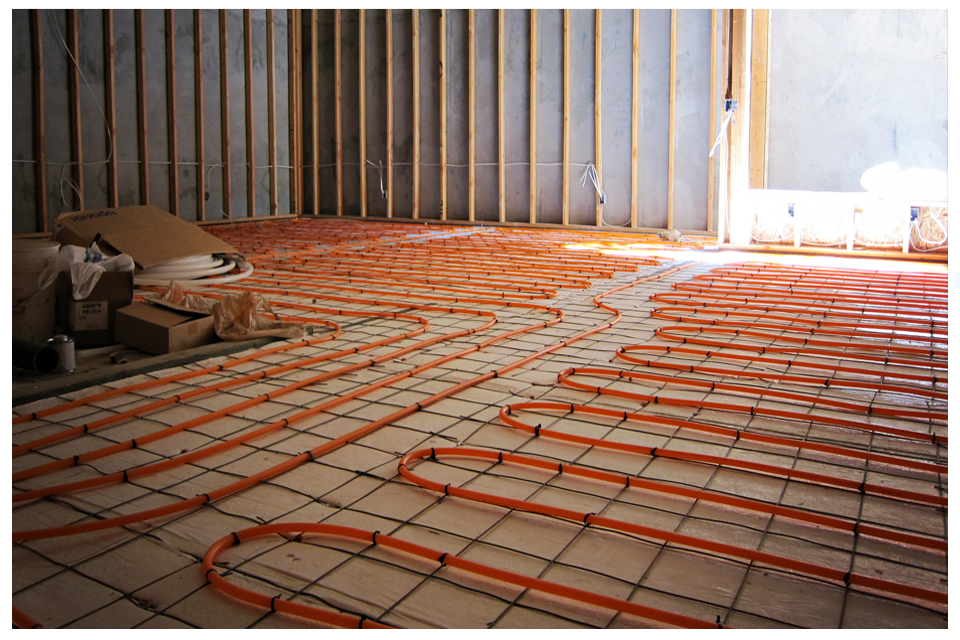
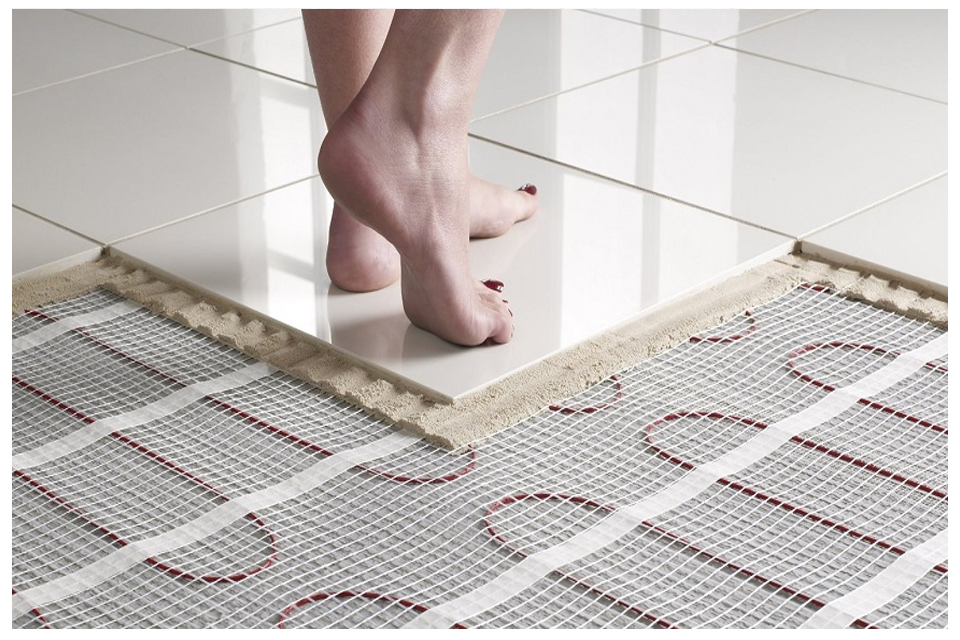
In Floor Heating
Radiant heat is similar to the energy of the sun! We all know the warmth of basking in the sunlight on a cool day. Radiant heating controlled by thermostat works the same way. Radiant heating warms people, pets, floors, furniture and all other items in the room. The heat of convection from these objects warms the surrounding air, providing the cozy comfort your home deserves.
“Hot air” rises but “heat” can travel in any direction. Radiant energy transfer is caused by a warm surface giving up its heat to a cooler surface. The air in a radiant heated room is the same temperature as the room, because it is not overheated in the way a baseboard, furnace or radiator functions, it doesn’t rise to the ceiling at the same rate. This reduces heat loss and makes the room comfortable with a consistent temperature everywhere.
Without radiant heat you’re missing out on a truly comfortable living environment in your home or business. By controlling both the air temperature and the radiant transfer of heat to nearby objects, radiant systems deliver a comfort that is unsurpassed. Radiant floors and radiant panels are ideal sources of this type of heat. The larger the surface, the lower the actual surface temperature required. A wall radiator may have a surface temperature of 180°F, while an 81°F heated floor will provide the same heat.
Whenever there is a temperature difference between two surfaces, both surfaces will attempt to equalize. Radiant energy travels through space without heating the space itself. It only turns into heat when it contacts a cooler surface. Our human comfort relies just as much on radiant heat transfer as it does on air temperature, yet the majority of heating and air conditioning professionals think only in terms of air temperature.
With radiant heat, the room and every object in it become radiators. Typically, the temperature in a radiantly heated space matches your skin’s temperature thus eliminating heat loss from your body. Because of this, the room actually feels warmer, even though the actual air temperature may be cooler. As a result, radiant heat offers unparalleled comfort and decreased energy bills!
The general working principle introduced above applies to both floor warming and room heating applications. The difference between a floor warming system and a room heating system is determined by the thermostat being used.
A floor warming thermostat has one remote sensor installed in the floor. By measuring and adjusting the “in-slab” temperature, it keeps the floor surface warm for bare-feet comfort without necessarily heating up the air in that room.
A room heating thermostat is generally used when radiant heating systems are installed as the primary heat source. All room heating thermostats come with two temperature sensors: one remote sensor measuring “in-slab” temperature and one built-in sensor monitoring ambient room temperature. The combination of these two sensors will make sure the room temperature is maintained at a desired level while the floor is neither too warm nor too cold to walk on. Minimum & maximum floor temperatures can be set for optimum efficiency and comfort.
Call Today for a FREE Quote! (705) 561-9339
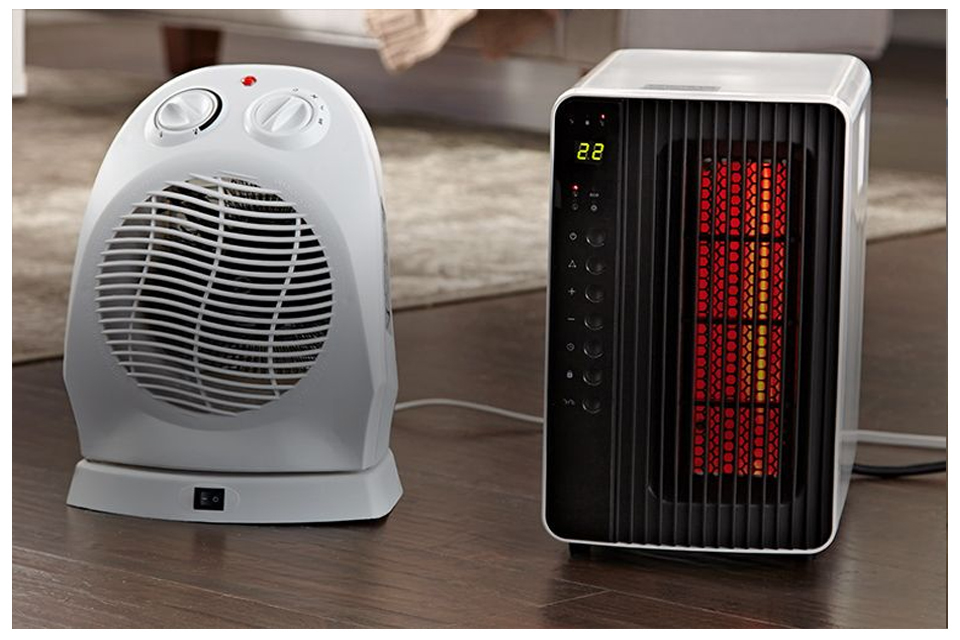
Electrical Space Heating (Stoves and fireplaces)
A space heater is defined as an appliance intended to heat a general area and is more commonly sold as a supplementary heating system.
In some cases space heaters are used as a main source or for supplemental heating and do not have distribution systems, such as baseboard heaters.
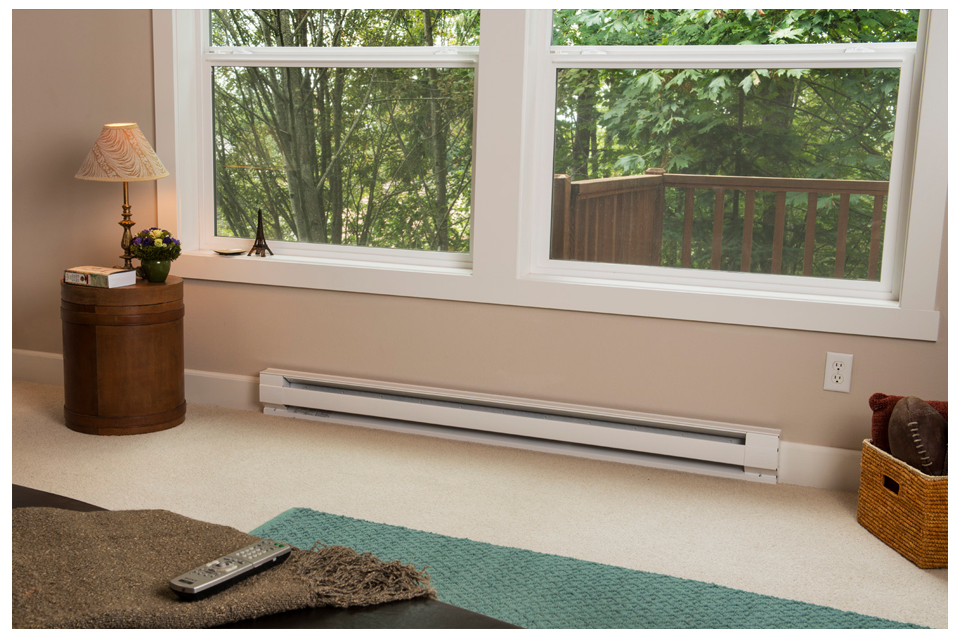
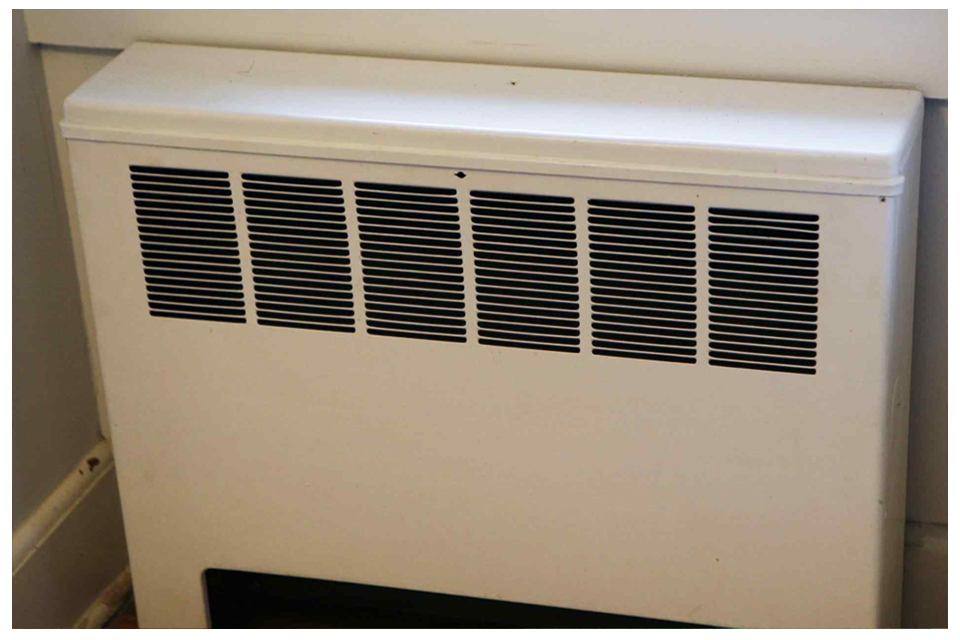
Electric Baseboard Heaters
Electric baseboard heaters are zonal heaters controlled by thermostats located within each room. Baseboard heaters contain electric heating elements encased in metal pipes. The pipes, surrounded by aluminum fins to aid heat transfer, run the length of the baseboard heater’s housing, or cabinet. As air within the heater is warmed, it rises into the room, and cooler air is drawn into the bottom of the heater. Some heat is also radiated from the pipe, fins, and housing.
Baseboard heaters are usually installed underneath windows. There, the heater’s rising warm air counteracts falling cool air from the cold window glass. Baseboard heaters are seldom located on interior walls because standard heating practice is to supply heat at the home’s perimeter, where the greatest heat loss occurs.
Baseboard heaters should sit at least three-quarters of an inch (1.9 centimeters) above the floor or carpet. This is to allow the cooler air on the floor to flow under and through the radiator fins so it can be heated. The heater should also fit tightly to the wall to prevent the warm air from convecting behind it and streaking the wall with dust particles.
The quality of baseboard heaters varies considerably. Cheaper models can be noisy and often give poor temperature control. Look for labels from Underwriter’s Laboratories (UL) and the National Electrical Manufacturer’s Association (NEMA). Compare warranties of the different models you are considering.
Call Today for a FREE Quote! (705) 561-9339
